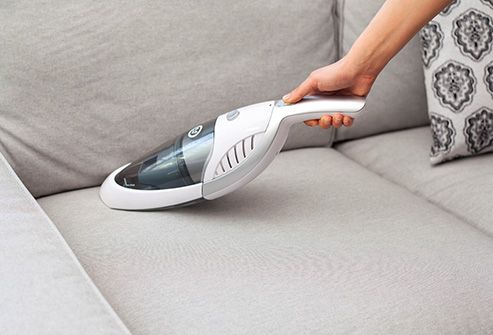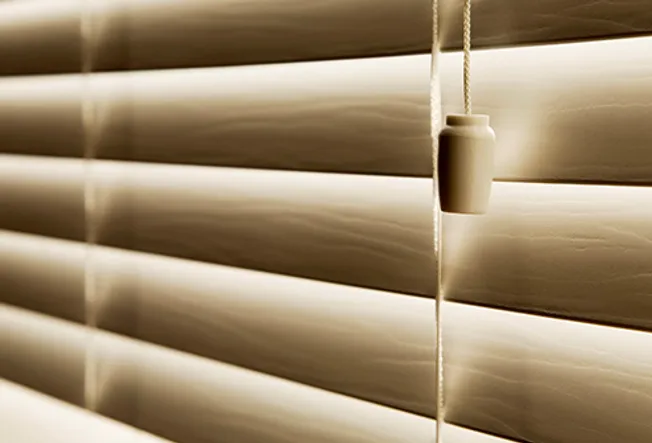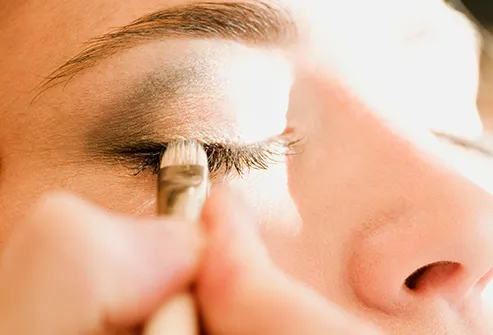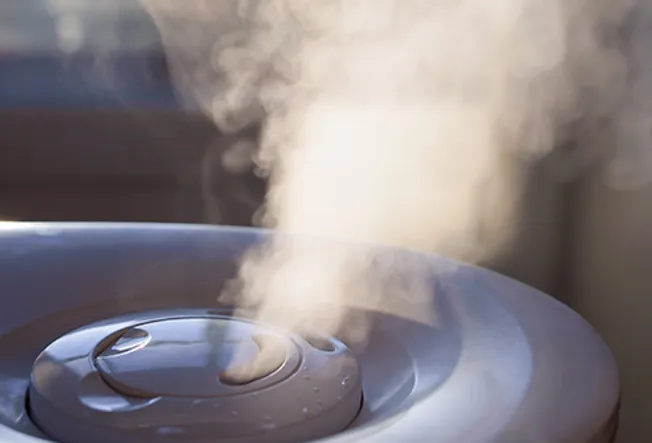26 Things You’re Not Cleaning Enough

Wondering if your housekeeping is up to par? When is it time to replace certain items? Do you clean your cleaning tools?
We've got advice on some common and some not-so-obvious places and things to take care of throughout your home to help keep it healthy.

You touch your phone countless times a day. And the fingerprints you leave on the screen are a grease trap for gunk and germs. Get in the habit of wiping it clean at least once a day. Studies show alcohol is best for killing bacteria, but check with your device's manufacturer to see what it recommends to avoid damage. Clean the case, too!

The problem with dirty counters isn't as much about what you can see as what you can't. Wiping down and sanitizing kitchen surfaces after each time you use them ensures stray germs from last night's dinner prep don't end up in your next sandwich.

Over time, buildup in your machine can keep your dishes from getting the cleaning they need and deserve. Once a month, toss in a cup of baking soda on the bottom and set 1/2 cup of white vinegar in the top rack; then run a regular cycle.

Funky forgotten leftovers in the back of your fridge can leave behind mold spores after you've tossed them. To keep germs at bay, empty your refrigerator every 3-4 months, and clean the shelves and walls with a tablespoon of baking soda dissolved in a quart of water. Rinse and let dry before replacing food.

If you've got kids, chances are you'll need to sweep up after every meal. But unless there's a sticky spill, the mop and bucket can go a week between rounds.

Vacuum large carpets and toss small area rugs and floor mats in the wash once a week. Keeping your floor coverings clean is key for cutting back on allergy triggers in your home.

Spills should be spot-cleaned right away, but for upholstery upkeep, once-a-month vacuuming across the cushions and into nooks and crannies should do. Steam cleaning once a year or so can also extend the life of your furniture and keep you sitting pretty.

Anywhere dust settles needs a regular swipe with a dust-grabber like microfiber cloth or a damp soft rag: bookshelves, trinkets, picture frames, lamp bases, mirrors, side tables -- you get the idea.

Take the batteries out first! Then use cotton swabs dipped in mild soapy water to get off sticky, oily fingerprints and crud from around the buttons. Wipe down the whole thing with a solution of one part vinegar and two parts water to kill bacteria. Make sure the battery compartment is dry before you put the power back in.

These whirring dust collectors also gather grease when they're in the kitchen. You can give them a wipe whenever you notice buildup, but use a damp cloth and all-purpose cleaner to clean the blades and body well every few months.

Hit up your blinds and shutters during your weekly dusting, but tackle long-standing grime on the slats every 3-4 months with warm, soapy water. Take down curtains once each season, and run them through the washing machine.

The more action your porcelain throne sees in a day, the more reason to squirt your cleaner of choice into the bowl and give it a swish with a long-handled brush. Save the deeper scrub-down for your weekly round-up.

Wash your towel or grab a new one after three or four normal showers, more often if you work out a lot. Hang up damp towels when you're done so they can air out and not give mildew, mold, and bacteria a dark, damp place to grow.

A plastic curtain, or the plastic liner for a cloth curtain, should get a bath with warm water and baking soda once a month to remove soap scum and prevent mildew. You may be able to stretch this to once a quarter if your shower doesn't get a lot of use. Spraying it with a cleaner after every shower and wiping it down weekly when you clean the bathroom will also help.

Beyond a few months, the bristles get too worn to work as well as they should. If you see fraying before then, that's a sign to switch.

Did you know a dull blade causes more cuts and irritation than a sharp one? Start with a new blade every week or so, if you're shaving daily, to stay (and look) sharp.

Applicators like sponges and brushes can be a breeding ground for bacteria. They collect dirt, dust, and anything else floating through the air as well as on your skin. Wash brushes for wet makeup once a week; dry makeup brushes, monthly. Mild soap and warm water followed by an overnight drying session will take you from grime to glam.

Whether you give them "off days" to regain their shape and elasticity, or go for multiple wears in a row, it's best to give bras a good wash after you've worn them about three times. But if you've been sweating, don't wait that long.

The rule of thumb is to wash bed linens once a week in water hot enough to kill bacteria (around 140 F), and tumble dry. Your shut-eye habits should determine your timeline. For example, pets, night sweats, and midnight snacks in bed mean you'll need to change them sooner. Alternating between two sets of sheets can make it easier to keep up.

Throw your pillows (and your throw pillows) in the wash on hot every 3-6 months to kill bacteria and keep them fresh.
Same goes for your comforter or duvet. If it's too big to fit in your machine at home, take it to a laundromat with extra-large commercial-size washers, or have it professionally cleaned.

Unless it's brand new, your mattress is probably home for millions of dust mites. A good semiannual vacuuming can help suck up those tiny critters, as well as the dead skin cells you've been shedding that keep them well-fed.

Any appliance that uses water is at risk for mold and mildew. Wipe down the door and rubber gasket of a front loader after every wash load. Give your machine a deeper cleaning every 3-4 months by adding 1 cup of bleach and running a hot cycle (sans clothes) to sanitize.

When your humidifier is cranking out moisture nonstop, replace the water daily. Clean it with a 3% hydrogen peroxide solution, or the disinfectant the manufacturer recommends, every 3 days to prevent mineral deposits and filmy buildup. Change the filter regularly, according to the instructions.

Replace the small particle filters in central heating and cooling systems once a month to keep their air purifying powers up to snuff. Same goes for the filters of in-room air conditioners.

If everyone in your house is healthy, you don't have to clean ducts regularly. There's no proof that it prevents problems, and done incorrectly, it could cause them. Dirt inside usually sticks and stays put. Vacuum or take off and clean grates when you notice normal dusty buildup. However, if you have mold, rodents, or insects, or you can see stuff blowing out of your vents, it's time to do something.

Avoid the toxic trouble of carbon monoxide, fumes, and soot by having your chimney inspected annually. A certified chimney sweep can check for problems and clean out any buildup.